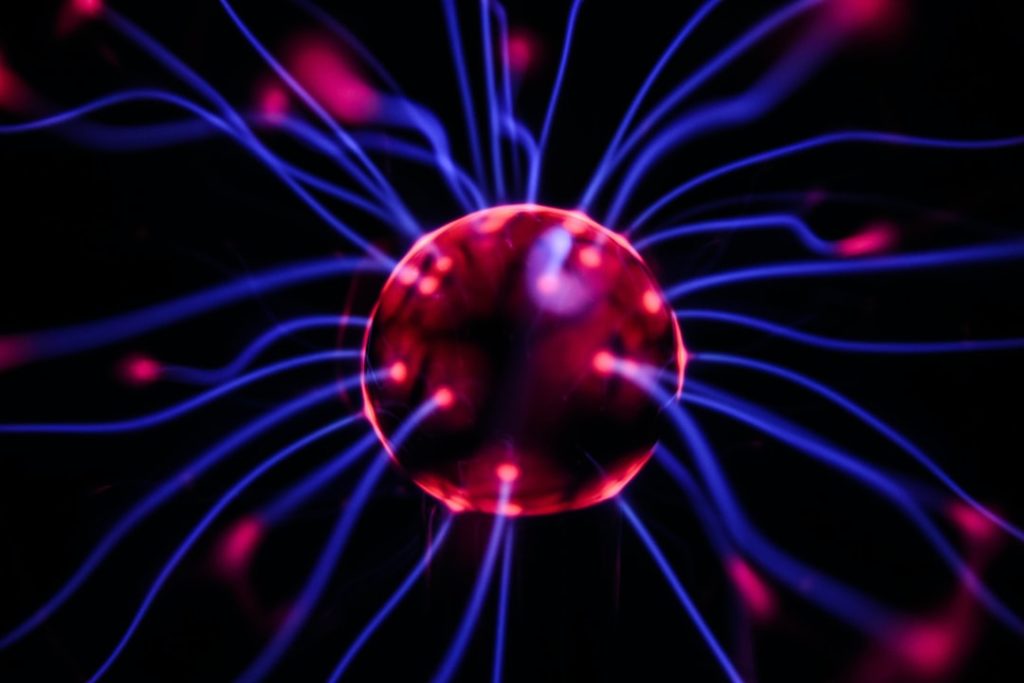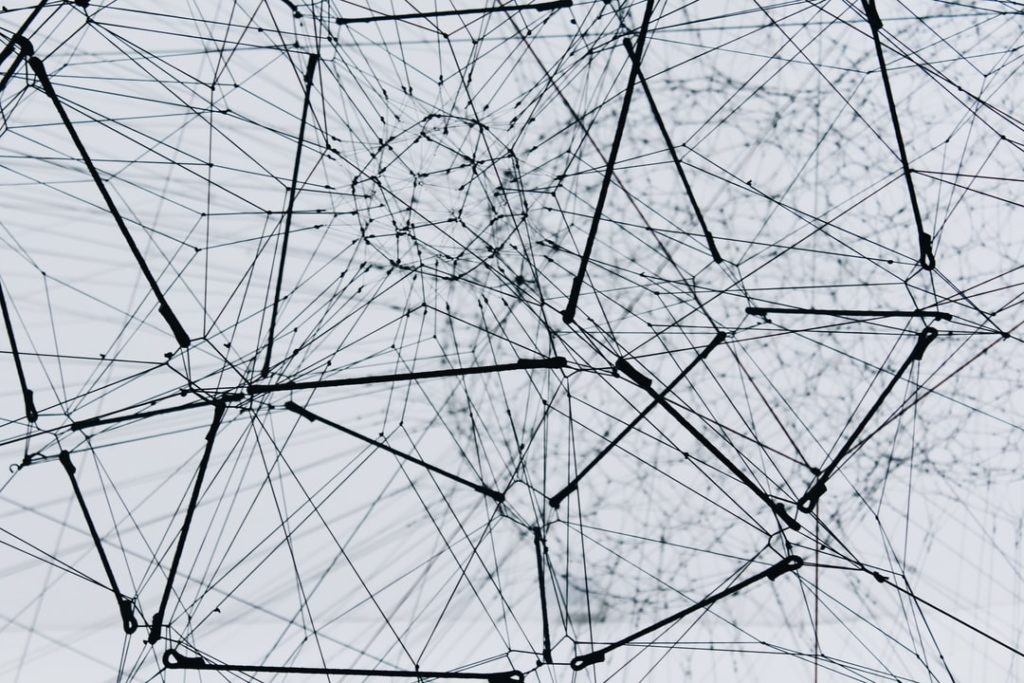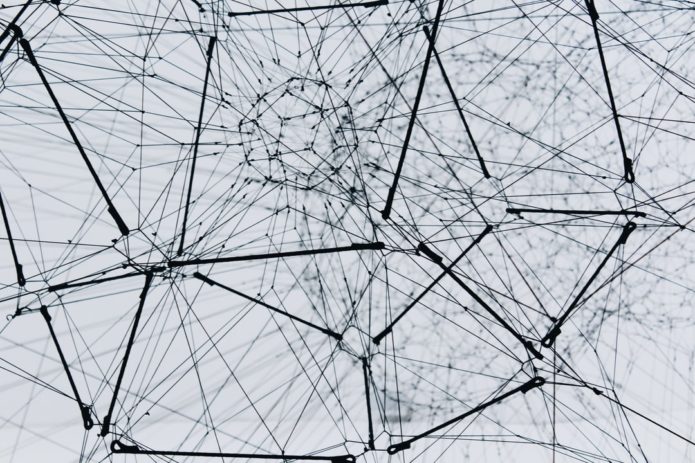The last decade has seen significant technological improvements. Underlying these innovations is an AI system called “deep learning.” Deep learning is centered around neural networks, a set of algorithms inspired by the networks of human biological neurons to recognize patterns. While neutral networks generate a lot of excitement, it poses challenges to people trying to understand how they work. In the path to understanding how neural networks work, the page will also take a look at its components and advantages.
Components of Neural Networks

To understand how a neural network works, we should first understand its basic components. While there are different types of neural networks, they consist of the same components.
A node/neuron is a basic unit of neural networks that acts as information messenger. It receives information, performs basic calculations, and passes the data along. The nodes are organized in layers in an extensive neural network with several nodes and connections between them. A synapse connects the nodes like an electricity cable. Each synapse has a weight, and it adds to the changes in the information the node receives. It can be said that the medium of the weight rules the entire neural system.
Lastly, a bias neuron adds a deeper representation of the space to the models’ weights, allowing for more variations of weights to be collected. A bias neuron is added to all the network layers when it comes to neural networks. It plays a significant role by making it achievable to direct the activation function to either the right or left on the graph.
How Do Neural Networks Work?

The neural network known as Artificial neural networks (ANN) includes an input layer, an output, and a hidden layer, in between. Nodes connect these layers, and the connections form a network of interconnected nodes (neural network). The node is patterned after a neuron in the human brain. Similar in behavior to the brain neurons, the nodes are activated when there is enough input or stimuli, and it spreads throughout the network to create a response to the output. These synaptic connections between the neurons function as simple synapses, allowing the signals to transmit from one layer to another. The signals get processed along the way as they travel across the layers.
When the system is posed with a problem to solve or a request to perform, the neurons run mathematical calculations to determine if the information is enough to pass it to the next neuron. Simply put, a neural network reads all the data and determines where the best relationship exists in the node. If the sum of data input received is more than a specific threshold value, the neuron gets triggered and activates the connected neurons.
Advantages of Neural Networks and Deep Learning Architecture
Deep Neural Networks (DNN) is created as the number of hidden layers increases. These deep learning architectures advance the standard neural networks. With these layers, people can build DNN, enabling machine learning to train computers to accurately mimic human tasks such as identifying images, making predictions, or recognizing speech. More importantly, the computer can learn by spotting patterns in various processing layers.
Neural networks and deep learning are valuable technologies that expand human skills and intelligence. While the neural network is a simple type of deep learning architecture, it is commonly known because it can effectively solve various tasks and manage them better than other algorithms. This concept is new, and we have just scratched its surface. By appropriately minimizing any error, neural networks may be able to one day learn ideas and conceptualize them alone without any human correction.


